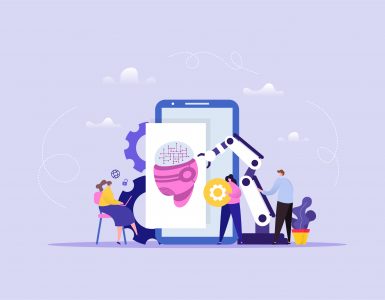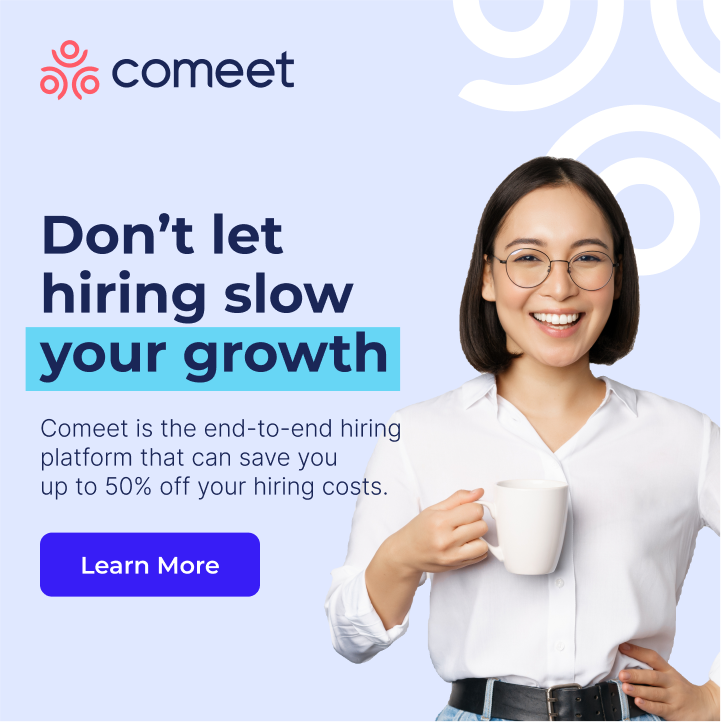Artificial intelligence is finding new applications just about everywhere today.
In a minute, we’ll take a look at its future applications in hiring. But since we can learn a lot from an example, let’s start with an instance of how it is working in another sector – medicine.
Predictive Analytics in Health Care
In years past, a patient would go to see a physician and complain that he was having migraines, or knee pain, or that his diabetes wasn’t being well controlled. That physician would examine the patient and try a medication, or a diet modification, or some other form of treatment. Maybe it helped. But if it didn’t, that care-giver would try something else, and keep on trying different protocols until something worked.
Now, thanks to predictive analytics that is changing. That physician will look at a number of factors about individual patients – the medications they have taken in the past, their ethnic background, their genetic profile, where they have lived in the past, and more. The physician will compare that information against data from large-scale studies that have gathered information on thousands, or tens of thousands, of patients, and be able to say, “I’m not going to prescribe Medication A, because it is unlikely to work for people like you, whose ancestors lived in Africa and who are taking blood pressure medications. I am going to prescribe Medication B, because the data show it has a much better chance of working.”
In the future, that physician will simply be able to plug a patient’s data into a computer and have it, thanks to AI, come up with a statement like, “There is a high likelihood the patient has Type II diabetes, and will respond to taking Metformin as a first treatment protocol.”
That is one aspect of AI – predictive analytics– at work. And in the future, something similar will be used in the hiring process too.
Predictive Analytics in Hiring
Predictive analytics are already being used in the hiring process, and their use is poised to increase in the years to come.
How will it work? Here’s a theoretical case study that offers a glimpse.
An applicant – let’s call him Paul – applies for a job at your company. You enter his data into your system: information about his level of education, the name of the college he attended, his prior work experience, his answers to interview questions, and more. Your ATS will then compare Paul’s profile to data that has been collected by your company on all your previous hires, and will make some predictions, like, “There is a 75% likelihood that Paul will accept your job offer . . . if hired, he can be expected to remain with your company for 18 months . . . there is a 95% likelihood that Paul will be a capable employee . . . other employees who live closer to your location than Paul does are projected to remain with your company for a longer period of time than Paul will.”
The Brave New World of Hiring
Predictive analytics are only one way AI will transform the hiring process. How can you prepare to take advantage of it, and be ready to hire more effectively in the years to come?
One way is to begin to capture your hiring data, by using hiring software and a modern applicant tracking system. If information on your hiring and recruitment exists only on paper – or on napkins or the back of envelopes – there is no way it will work for you in the future. Because you can only benefit from data you capture.
Learn more about Comeet’s Collaborative Hiring Solution and ATS – Sign up for a free demo today.
Related Posts
How Do You Track Job Candidates?
How Your ATS System Can Protect Your Company From Liability
The Future is Now: Top Trends in Intelligent Recruiting Technologies
Why ATS Selection is Critical to the Success of Your Recruiting Strategies
Five Ways to Build a Winning Recruiting Team
Are you looking to start your hiring process today? Comeet can help. Check out our plan options to learn more about how we can redefine the way you recruit new talent.




























